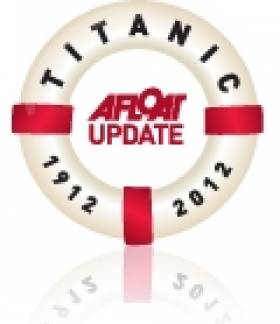Displaying items by tag: Titanic Drawing Office
H&W Headquarters and Drawing Offices to be Restored
#TitanicDrawingOffice- Northern Ireland's Alliance East Belfast MLA Judith Cochrane has welcomed the £5m grant from the UK's Heritage Lottery Fund programme that will restore the Harland & Wolff headquarters building and drawing offices in the Titanic Quarter.
Build.ie reports that the Grade B+ listed building will be turned into a boutique hotel which will create 109 jobs.
Judith Cochrane MLA said: "It is great news that a key part of our shipbuilding heritage will be restored with this grant. I hope this new hotel will become another place for tourists to see part of the Titanic's history.
"The new jobs created by this hotel will be a big boost to the local economy."
























































